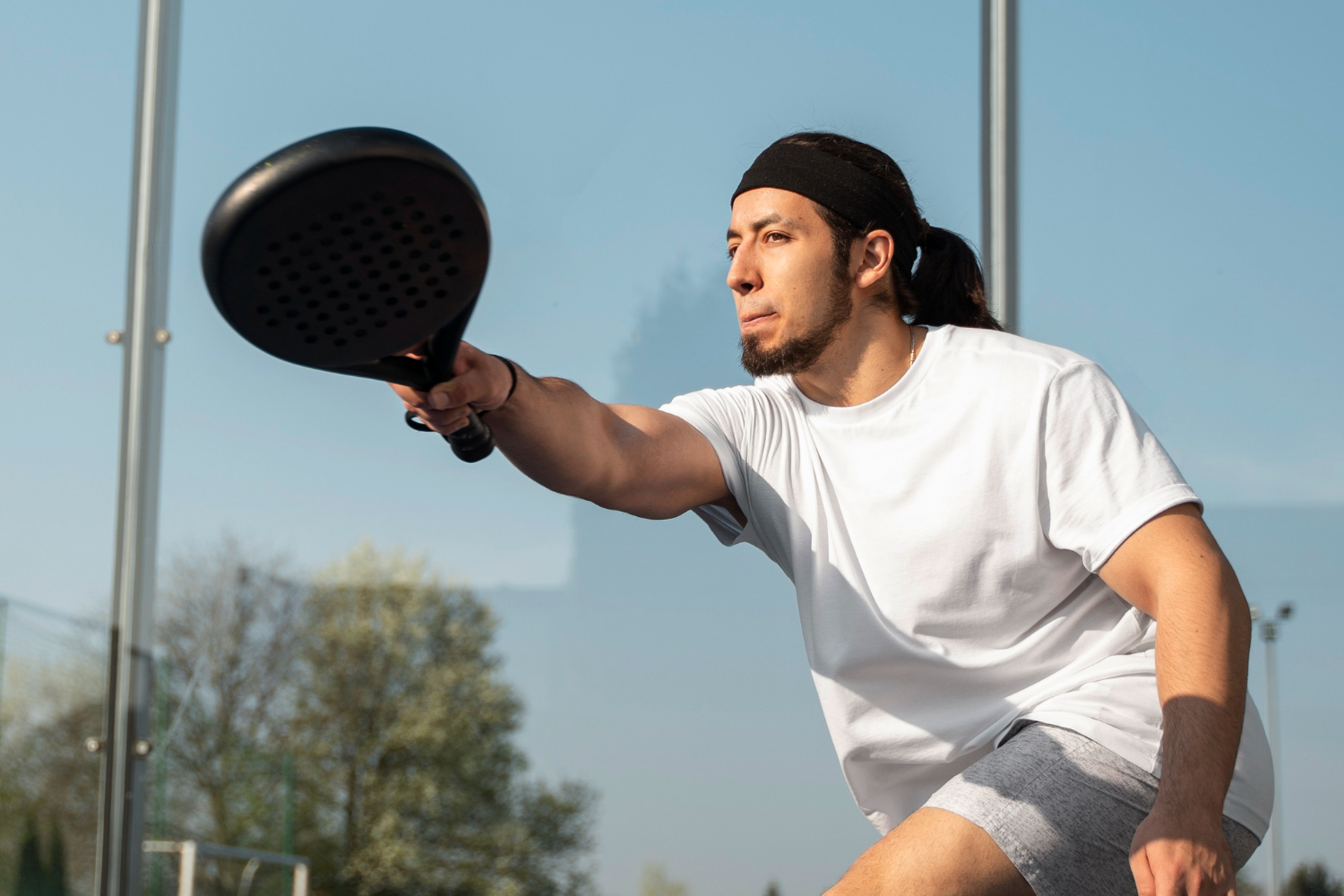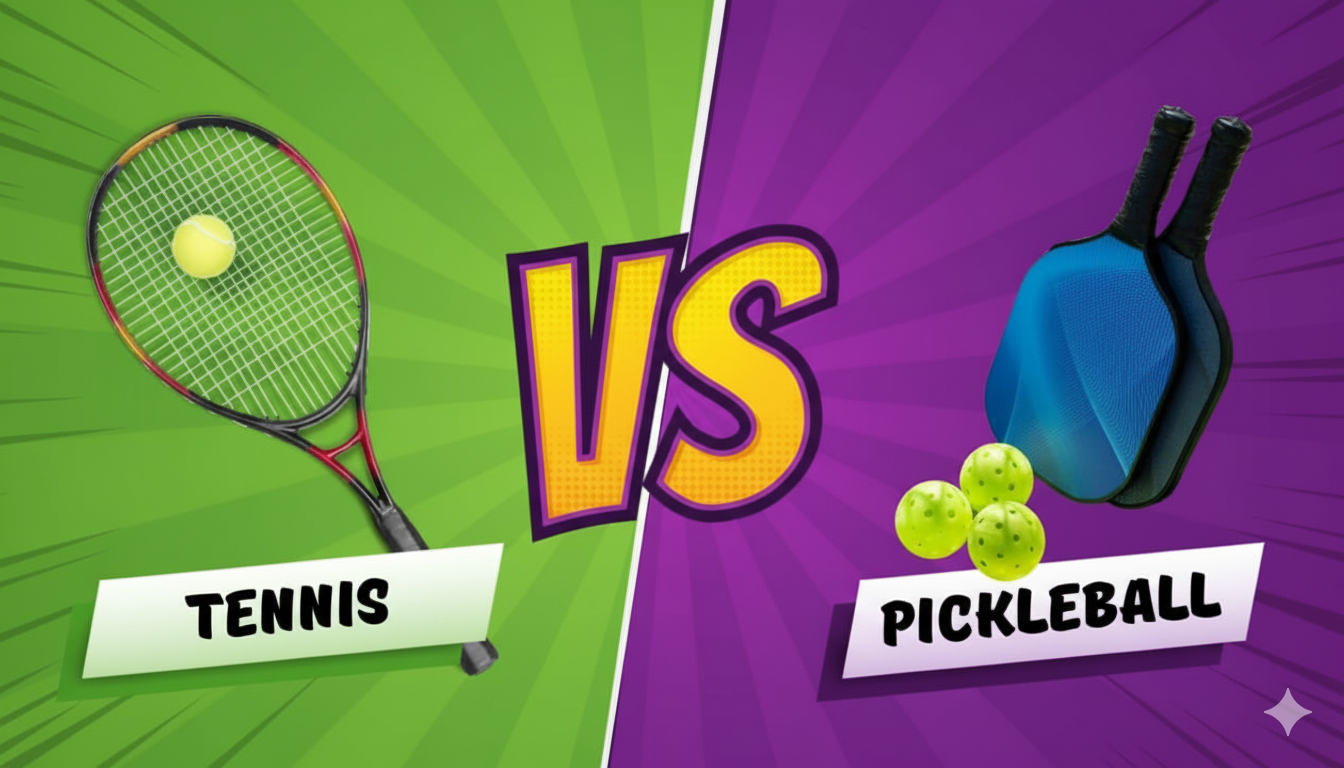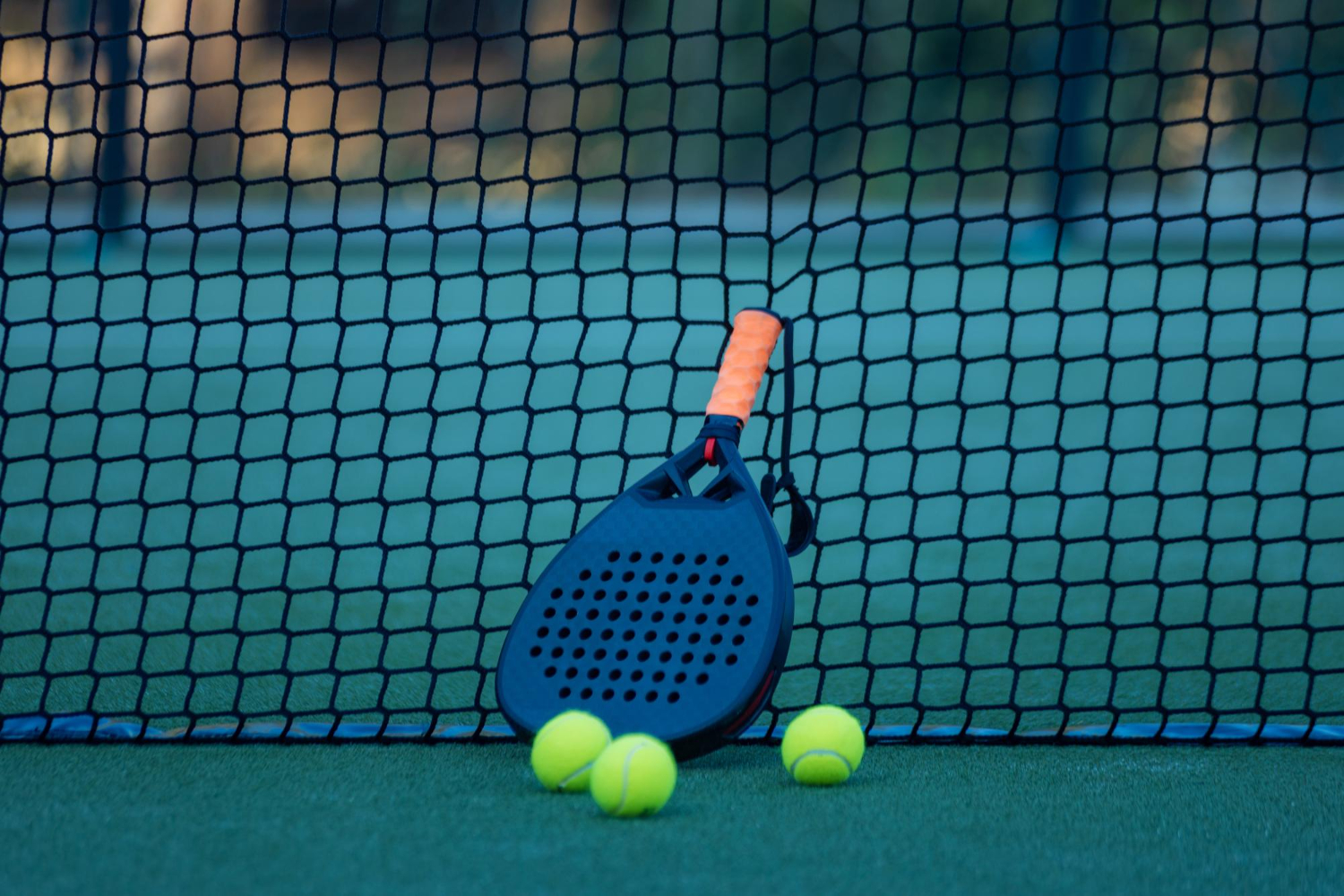Table of Contents
TogglePickleball isn’t just another sport; it’s a fast-paced, social game that’s taking over gyms, parks, and courts across the country. What makes it so special? It’s easy for beginners to pick up, exciting enough to keep you hooked, and friendly for all ages. From kids to seniors, anyone can grab a paddle and join in.
At Valley Athletics, we bring pickleball to life with top-notch indoor courts, flexible play options, and a community that welcomes everyone. Whether you’re chasing your first rally or fine-tuning your game, this is the place to play.
What is Pickleball?
Pickleball is a paddle sport where players hit a plastic ball over a net, using solid paddles. The game is played on a small court about the size of a badminton court, with rules that blend elements of tennis and ping pong.
The goal is simple: serve the ball, keep it in play, and score points when your opponent makes an error, like missing the ball or hitting it out of bounds. Because the court is smaller and the ball travels a bit slower than in tennis, the game is easy to pick up and doesn’t require as much running, making it a great fit for players of all ages and fitness levels.
When was Pickleball Invented?
Pickleball was invented in 1965 on Bainbridge Island, Washington, by three dads, Joel Pritchard, Bill Bell, and Barney McCallum. They came up with the game as a way to keep their kids entertained, blending parts of different racket sports to make something fun and easy to play.
As for the name? Some say it was inspired by the Pritchard family’s dog, Pickles, who loved chasing after the ball. Whatever the story, what started as a backyard game has grown into a sport enjoyed by millions of people around the world today.
Why is Pickleball So Popular?
Pickleball has exploded in popularity over the last few years, and it’s easy to see why. It’s more than just a sport; it’s a fun, welcoming activity that brings people together. Whether you’re picking up a paddle for the first time or looking for a new way to stay active, the sport offers something for everyone. Let’s break down what makes it such a hit.
Pickleball is Ideal for All Skill Levels
One of the biggest reasons people love pickleball is how easy it is to start playing. The rules are simple, the court is small, and the ball moves slower than in tennis, all of which make it beginner-friendly. At the same time, experienced players can enjoy fast-paced rallies and strategy, so there’s always room to grow your skills.
Essential Pickleball Equipment
One of the best things about pickleball is how little gear you need to get started. Here’s a list of essential Pickleball Equipment:
- Paddle: The paddles are solid and lightweight, with a flat surface and a short handle. They’re usually made from materials like composite, wood, or graphite, and come in different sizes and weights to suit your style.
- Pickleball: The ball used in is a lightweight plastic ball with holes, designed to move at a slower pace than a tennis ball. There are versions for indoor and outdoor play.
- Court: It is played on a small rectangular court, about a third the size of a tennis court, with a net in the middle.
- Shoes: Athletic shoes with good grip and side-to-side support are best for this sport. While tennis shoes can work, court-specific shoes help with quick movements and stability.
- Clothing: Wear anything comfortable that lets you move freely, think breathable athletic wear that keeps you cool on the court.
Pickleball Court Dimensions
A standard pickleball court measures 44 feet long and 20 feet wide, the same size whether you’re playing singles or doubles.
Here’s how the court breaks down:
- Length: 44 feet
- Width: 20 feet
- Net Height: 36 inches at the sidelines and 34 inches at the center
- Non-Volley Zone (Kitchen): 7 feet from the net on both sides
This compact size makes it easy to play in smaller spaces while still offering plenty of room for exciting rallies.
What are the Rules of Pickleball?
The rules are designed to keep the game fair, fun, and easy to follow for both singles and doubles. Here are the basics:
- Court Size: 44 feet long and 20 feet wide, with a 7-foot non-volley zone, which is called the kitchen, on each side of the net.
- Serving: Serves are made underhand and hit diagonally across the court. The server must clear the kitchen, and the server stands behind the baseline.
- Scoring: Only the serving team can earn points. Games are usually played to 11 points, win by 2.
- Double Bounce Rule: After the serve, the ball must bounce once on each side before players can volley (hit it in the air).
- Non-Volley Zone: Players can’t hit volleys while standing in or touching the kitchen.
- Faults: A fault happens if you hit the ball out of bounds, into the net, volley in the kitchen, or miss a required bounce.
- Game End: The game is usually played to 11 points, but some tournaments go to 15 or 21 points. In all cases, you need to win by at least 2 points to take the game.
Let Serve: A let serve happens when the serve touches the net but still lands in the correct service box. When this happens, the serve is replayed without a fault.
Pickleball Rules Specifics for Singles
- Serving: In singles play, the server stands on the right side of the court when their score is even and on the left side when their score is odd.
- Court Coverage: Singles players have to cover the entire court on their own, which means quick footwork, smart positioning, and endurance are especially important.
Playing solo? Learn all the ins and outs in our complete guide to Pickleball Singles Rules
Pickleball Rules Specific for Doubles
- Serving Order: In doubles, both players on a team get a chance to serve before the serve switches to the other side, except at the start of the game, where only one player serves. The first server begins on the right side and keeps alternating sides as long as they keep scoring.
- Positioning: Each player must stand in the correct service or receiving area, depending on the score and who’s serving.
- Communication is Key: Doubles play relies on good teamwork. Talking with your partner helps prevent confusion during fast rallies, especially on lobs, poaching at the net, or tricky shots.
- Serving Sequence Example: Let’s say Team A is serving:
- Player A1 serves, wins points, and keeps serving until they fault.
- Then Player A2 serves and continues until they fault.
- Now the serve switches to Team B, and both B1 and B2 follow the same pattern.
For a detailed breakdown, visit Pickleball Tips For Beginners: Learn to Play & Improve Your Game
What are the Benefits of Playing Pickleball?
- Improves cardiovascular endurance
- Enhances coordination and reflexes
- Strengthens core and leg muscles
- Burns calories and aids weight management
- Boosts mental well-being and helps reduce stress
Where to Play Pickleball?
It is becoming easier to find as more places add courts. Here are some of the most common options:
- Local Parks & Recreation Centers: Many parks are converting tennis courts or building new courts for public use.
- YMCAs & Community Centers: Indoor pickleball is often available to members at YMCAs or other fitness centers.
- Dedicated Pickleball Clubs: With the sport’s rising popularity, more clubs are opening that offer leagues, lessons, and open play. Valley Athletics is a great place to play the game year-round with access to indoor courts.
- Online Resources: You can search websites like Places2Play, Pickleball Den, or check local community groups on social media to find courts and playing groups near you.
Pickleball is more than just a sport; it’s a fun, social, and healthy way to stay active at any age or skill level. Whether you’re playing for fitness, competition, or community, it’s easy to see why so many people are picking up a paddle.
FAQs
1. Is pickleball easy to learn?
Yes! The game has straightforward rules, and most beginners can start playing confidently in about 30 minutes.
2. Do I need to be athletic to play?
No. it is designed to be low-impact and works well for people of all fitness levels.
3. Can I play pickleball indoors?
Absolutely. Indoor courts are common and provide a reliable playing surface no matter the season.
4. What is the difference between indoor and outdoor pickleball balls?
Outdoor balls are harder with smaller holes, so they hold up better and aren’t as affected by wind. Indoor balls are softer, have larger holes, and tend to bounce a little more, making them great for indoor courts.
5. How do I choose the right paddle?
It depends on your needs. Many beginners like lighter paddles with a larger sweet spot to help with control and comfort.
6. How many people can play pickleball?
It can be played by two people (singles) or four people (doubles). Doubles is the most popular way to play.
7. Is there an age limit to play pickleball?
No. it is a sport for all ages, from kids to seniors. Its easy pace and low-impact style make it a great choice for families and players of all generations.
Author
-
Sarah Baker is a dedicated sports and fitness content specialist with a rich background in athletics. As a former high school volleyball player and track athlete, she understands the transformative power of sports in shaping character and fostering discipline. Sarah is passionate about inspiring youth worldwide to embrace sports, hone their skills, and achieve excellence both on and off the court. She continually expands her knowledge through ongoing education in sports performance and fitness, aiming to empower her audience with valuable insights. Currently, Sarah contributes her expertise to the content team at Valley Athletics, a premier sports facility in Fresno, California, dedicated to developing young athletes in volleyball, basketball, and pickleball.
View all posts



